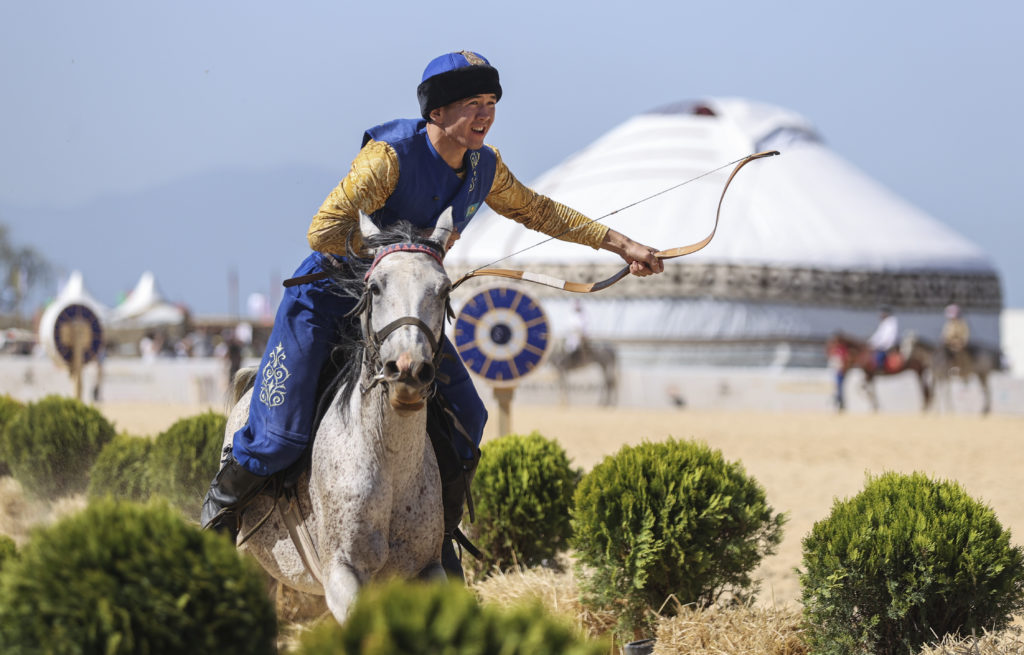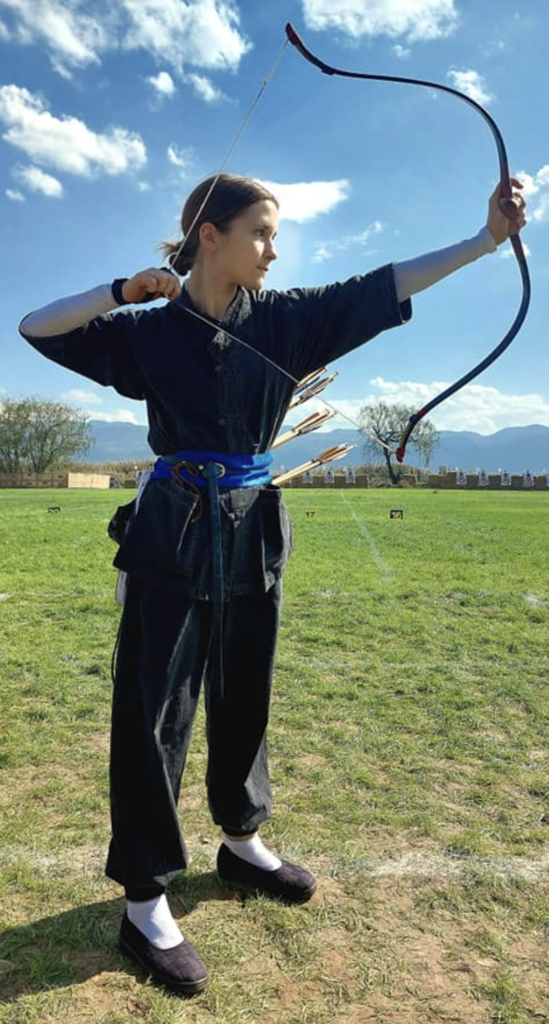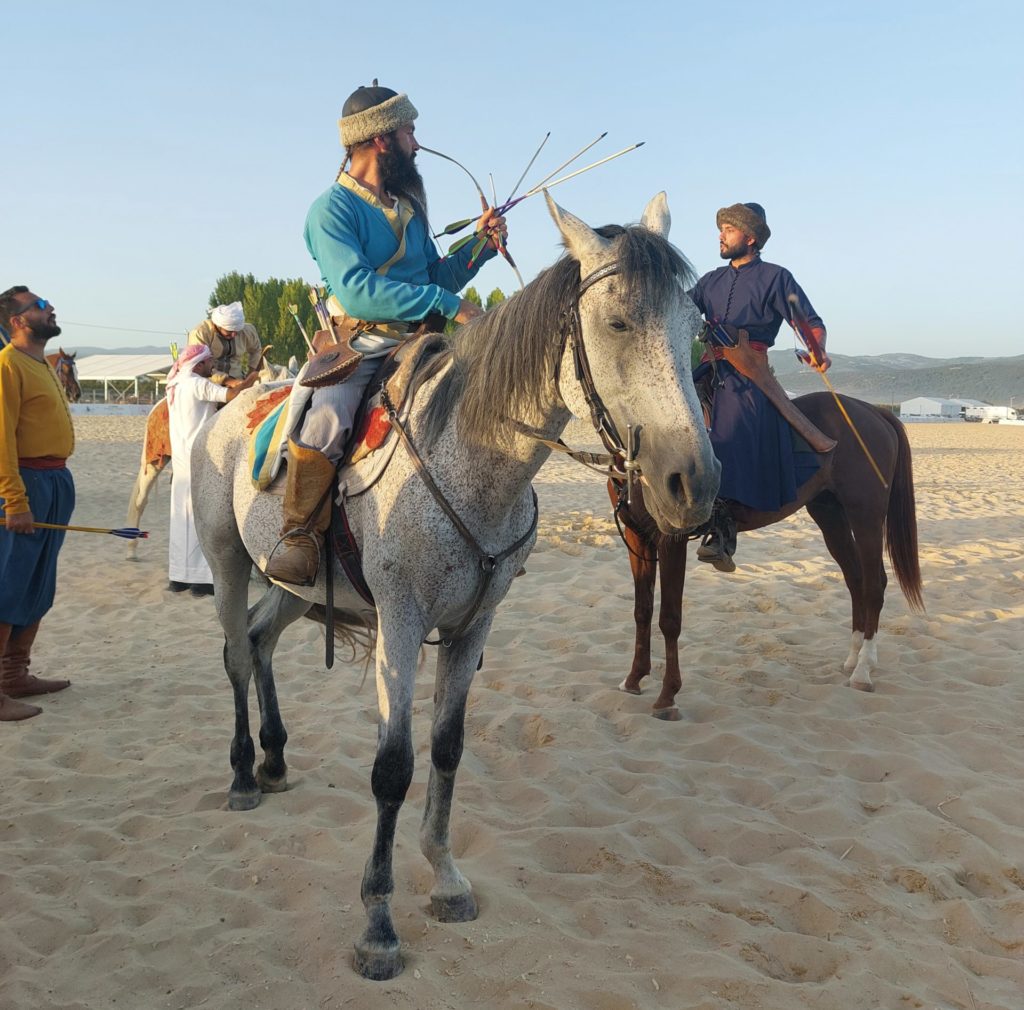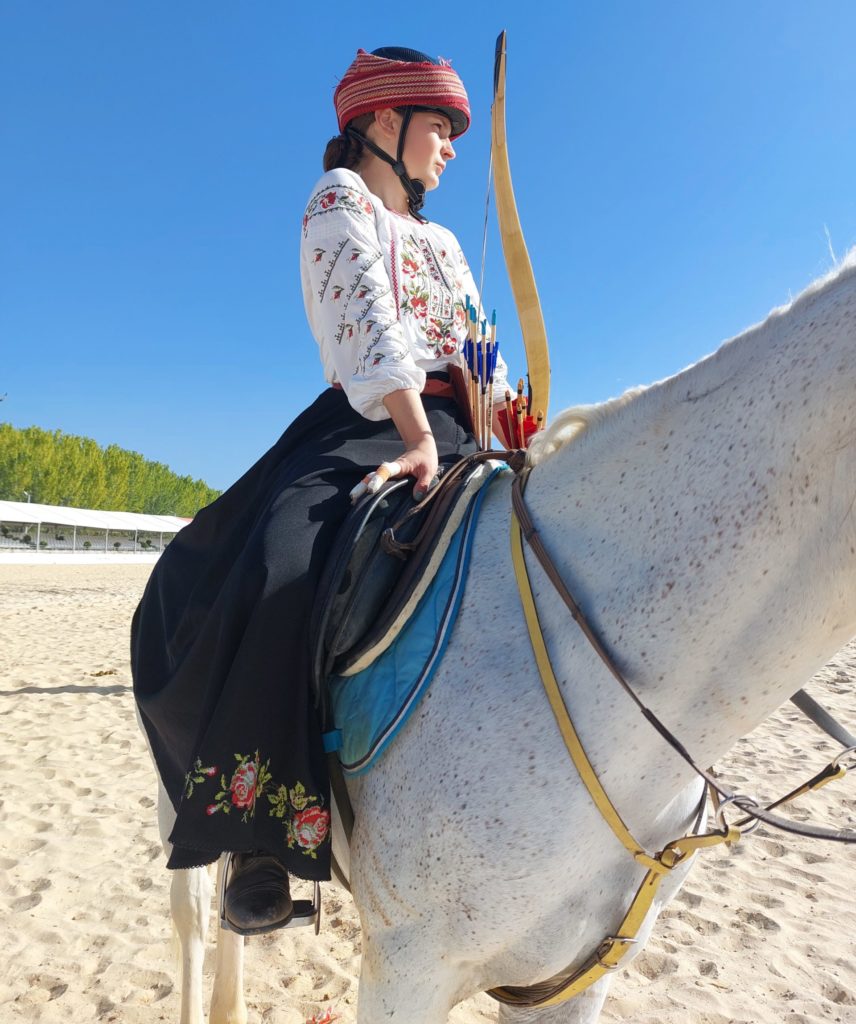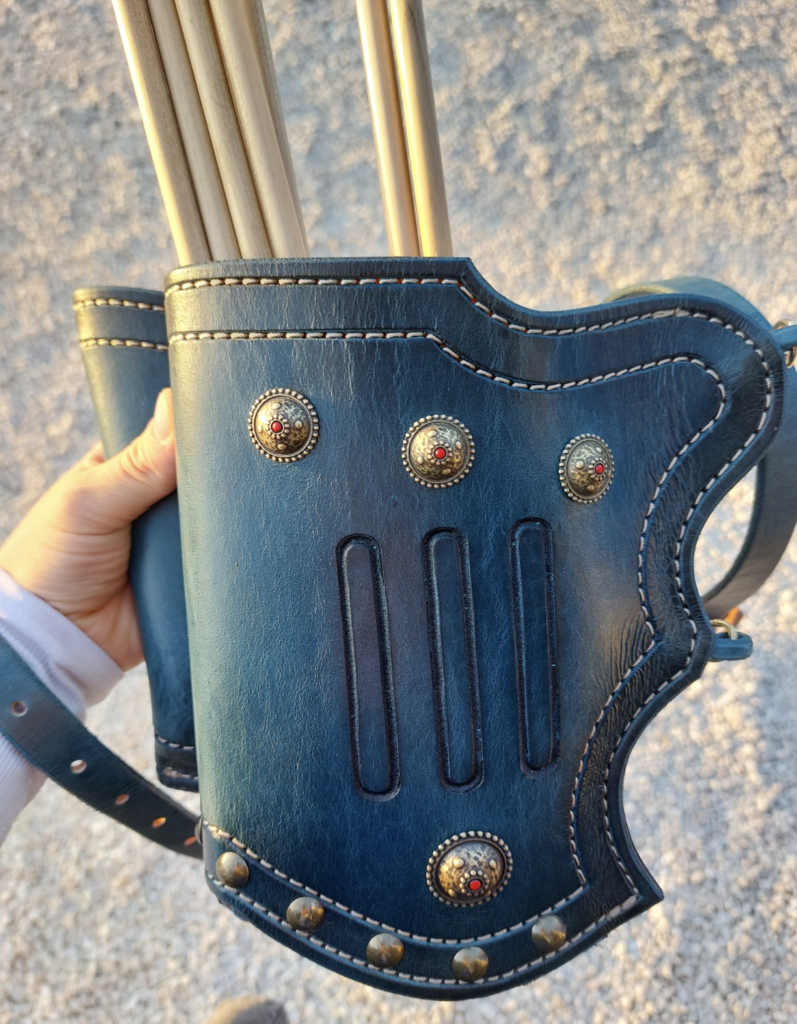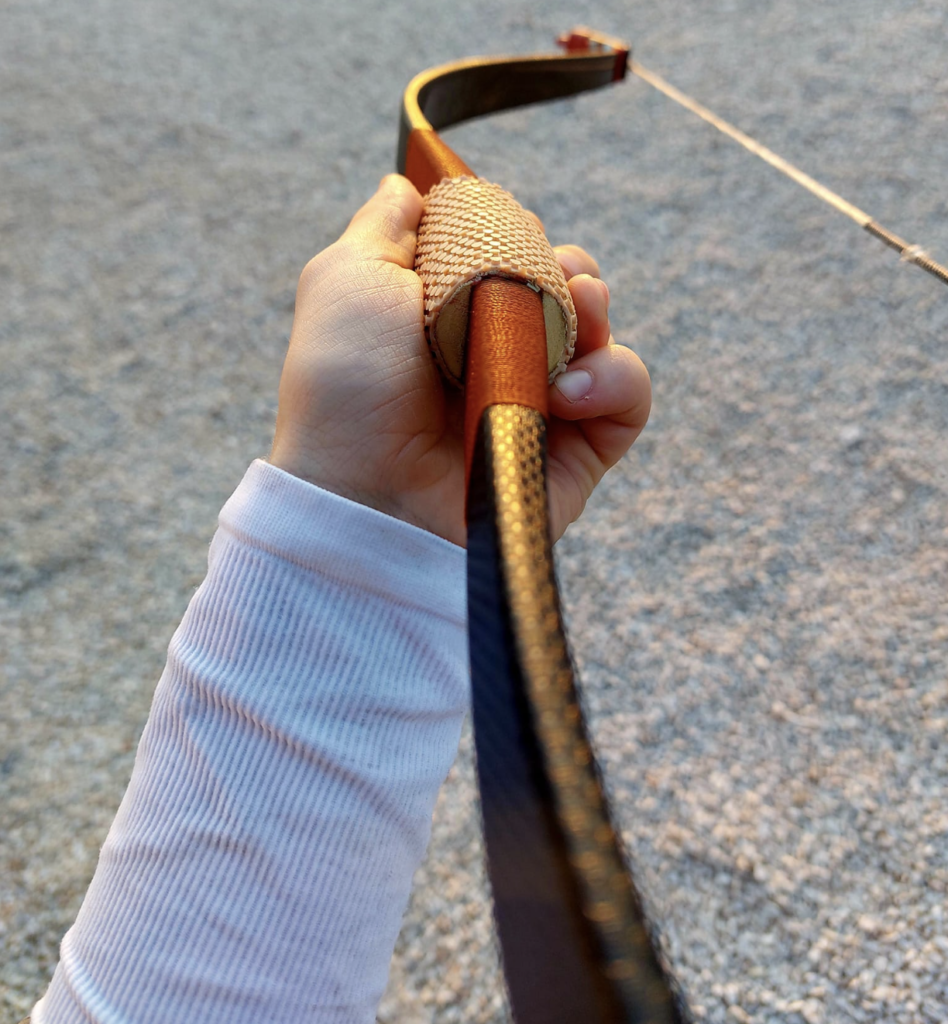Notes from first-time Nomad Kristina Dolgilevica who went on an archery adventure in Turkey.
The world’s only multi-sport event dedicated to the promotion of traditional sports, The World Nomad Games (WNG), was held for the fourth time after a four-year gap. This year it was accommodated by its first-time host, Turkey, the three earlier events having taken place in Kyrgyzstan (2014, 2016 and 2018).
It took place in a vast area next to the remote historic lake town of Iznik, 90km from Istanbul, and welcomed over 3,000 athletes, and reportedly over a million visitors, over the four-day period (29 September to 2 October). I received the news that my place at the games had been confirmed whilst training in South Korea. It was an honour and a privilege to have been selected as the only UK representative across the 40+ sports this year.
Overview: Sports Programme
Only all things traditional are allowed — from traditional practices right down to traditional footwear. Archery is just one segment of the sports programme. This year’s event focussed on three key segments: horse competitions, national wrestling, and traditional archery.
Three traditional archery sports were represented: traditional target archery; puta target (70m male, 60m female; individual and team by gender); flight archery; and most spectacular of all, horseback archery (running three tracks — Turkish tabla, Turkish kabaq, and Hungarian).
At the previous games in Kyrgyzstan (2018), and in keeping with the culture, birds of prey played an important part in the sports programme.
Five traditional archery sports were represented: the respective Korean, Kyrgyz and Turkish target disciplines, mounted horseback (Turkish and Kyrgyz), and traditional Hungarian distance shooting. Due to logistical reasons, I was unable to attend this year’s flight event and only followed the horseback and target events.
Big events are inextricably linked with business and politics — they cannot happen otherwise and will always have multiple agendas; the Olympic Games being a prime example. For those unfamiliar with the WNG, it is the world’s biggest international cultural and ethnically diverse project, whose mission is to “revive, preserve and promote the diverse cultures and ethnosports”.
The Games are held every two years and feature a host of sports as well as cultural, artistic, gastronomical, and scientific forums and events. Kazakhstan was confirmed as the host for the 2024 Games, with Turkey rumoured to be hosting again in a decade.
WNG Politics. The Camp and user feedback
In December 2021, the Nomad Games achieved UNESCO status. However, it is important to clarify at the outset that WNG is not a UNESCO project, as was pointed out to me, but an altogether different ‘animal’. The author of the WNG project is the Kyrgyz public and sports figure, and a strong promoter of the nomadic culture, Askhat Akibaev, president of the Fund of the World Ethnogames Foundation. It is due to his efforts that the WNG has achieved that status.
However, the UNESCO status serves as an additional instrument to the cultural and political mission of the WNG, and has a little less obvious involvement, as it does in Korea, for example. Here at the games, major decisions are made by the inter-governmental Organization of Turkic States (OTS), key members of which are the Turkic-speaking states of Azerbaijan, Kyrgyzstan, Kazakhstan, Turkey and Uzbekistan.
Without delving too deep into the political climate, the Nomad Games served both as a backdrop and as a networking platform for political deals and other business. Like in all previous games, the opening ceremony was attended by many high-profile politicians including the keynote speaker, Turkey’s President Recep Tayyip Erdoğan. You can imagine the scramble of spectators wanting to get closer to the president.
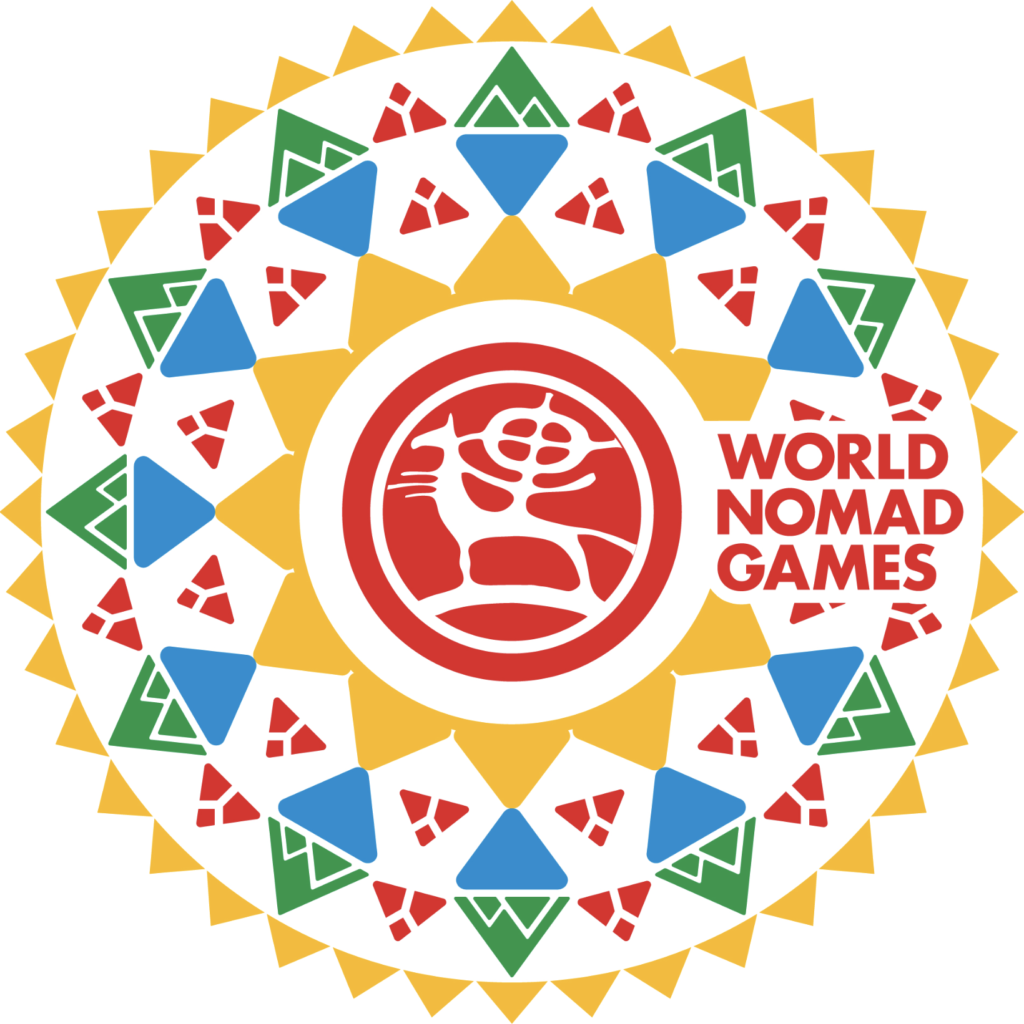
Other notable figures included the Kyrgyz and the Turkish Cypriot presidents, and much ‘soft power’ was deployed. “We also attach importance to the diplomacy aspect of the games, which allows for new and lasting relations that bring our peoples closer together,” said the president at the opening ceremony on the night of 29 September; reflecting the upcoming presidential meeting with Kazakhstan about boosting economic trade with Central Asia’s biggest republics — a pressing matter in the light of the latest developments in Russia-China economics.
A major concern arose amongst the locals of Iznik over the massive influx into the sleepy agrarian town, with little infrastructure and lack of hotels. The key worry was over the territory claimed by the event and, most important, what was to happen with the land after the games were over.
As one media outlet reported, Turkey was “eager to impress as the first-time host, trying to upscale everything”. While the scale was indeed grandiose, much of the organisation was very last-minute, and this was particularly apparent in the athletic village.
Whilst I and many other athletes are extremely grateful to have been provided free accommodation and food, it should be said that the facilities were very poor and significant improvements were only made by Saturday, three or four days after our arrival.
The rushed nature of the preparation for athletes was apparent with flimsy plumbing, power cuts, at times lack of water, and the undertaking of construction work overnight. While I am fine with cold showers, other athletes were appalled by the conditions. As a friend who had attended all the previous games said, it was “a far cry from the five-star Kyrgyz quality and organisation. All that was promised, was not delivered”.
Among other key complaints were: lack of hot drinks and drinking water; gender-segregated sleeping arrangements (six people per trailer); poor food; a patchy Wi-Fi connection; and the lack of transport ‘corridors’ for athletes.
On the latter, I will add that it was indeed a very long journey from one end of the village to the competition zone, situated on the opposite side of the territory. Once the visitors flocked in, the athletes had to squeeze through the crowds, and negotiate multiple police checkpoints every time, making it up to an hour-long journey under the blazing Turkish sun.
As I said, conditions did improve as the week went on, but by the time we reached the final day, many had decided to leave, in fear of not being able to arrange transport back to the airport in time. I hope the organisers will find this feedback useful, and think about using the abundance of local resources for fresh produce to showcase its quality and also support the local population.
Challenge Accepted: The Many “Firsts”
It was my first experience at the games, and I went into them with few expectations. Two weeks notice was tight, but my mind was made up, and focussed on practical matters. The IHA (Korean Traditional Archery) Association declined its invitation, meaning that there was no Korean target of 145m, for which I had been practising.
I also realised that I did not possess the right kind and number of arrow shafts. Moreover, my Turkish bow and my English longbow were in England, and neither of those had suitable arrows to match.
I have learned a new thing about Korea — it is near impossible to obtain wooden arrow shafts with appropriate target points. My Korean suppliers have never worked with anything other than Korean gear. I was quoted a minimum of four weeks waiting time for very expensive bamboo arrows, so this was not an option.
Luckily, I have some excellent arrow-maker craftsmen friends who were also going to the event and were extremely helpful at very short notice. My gratitude extends to Rob Morton of Flying Hun Archery for stepping up to the challenge and sorting me out with some top-quality custom arrows.
The challenge was to shoot my Korean bow at 60m for the first time, though I usually train only at 145m. It was my first time shooting at a puta target, my first time shooting wooden arrows, (as I only shoot carbon with blunt Korean tips), and my first time without the opportunity to try the arrows before the qualification event, and without anyone to spot me.
Furthermore, my KTA practice is slow-paced and deliberate — I practice it as a martial art. Here the qualification consisted of seven ends of nine arrows each, an end to be shot within 180 seconds. Now that may seem fine, given you have 20 seconds to shoot an arrow.
However, in an average Korean sequence, where you shoot in turn in a detail of seven archers, you may spend up to five minutes to shoot your five arrows in rotation with others, spending up to 30 seconds on one arrow, depending on your shot cycle.
When that timing and load change, so does your breathing cycle, so does your movement, so does the ‘feeling’, due to the shorter rest period intervals between arrows. But the catch was that I only got to experience all of that at the event, making all the necessary and most timely adjustments on the spot.
Luckily, as a natural competitor, I am attracted to and encouraged by exactly that type of challenge.
I will very likely never again be able to experience this set of exceptional circumstances. Too much comfort can lead to complacency. Speaking as a coach, too many archers rush like headless chickens into changing things. That is never a good idea: planning is everything.
I practice what I preach — when thinking about and visualising your changes (yes, you do not only visualise your best performance, but you also visualise force-majeure situations in advance), logically map out what you must prioritise for any relevant scenario. You must know your form and your equipment.
In my case, I did not know my arrows, but I trust my form, and was mentally prepared to test those arrows out on the field of play. I began to implement one change after another as I was shooting, according to plan, though at the expense of many arrows. I shot with good form though, my arrows flew well and vertically, but even with anchor and draw changes my bow’s power was too much and many arrows flew long.
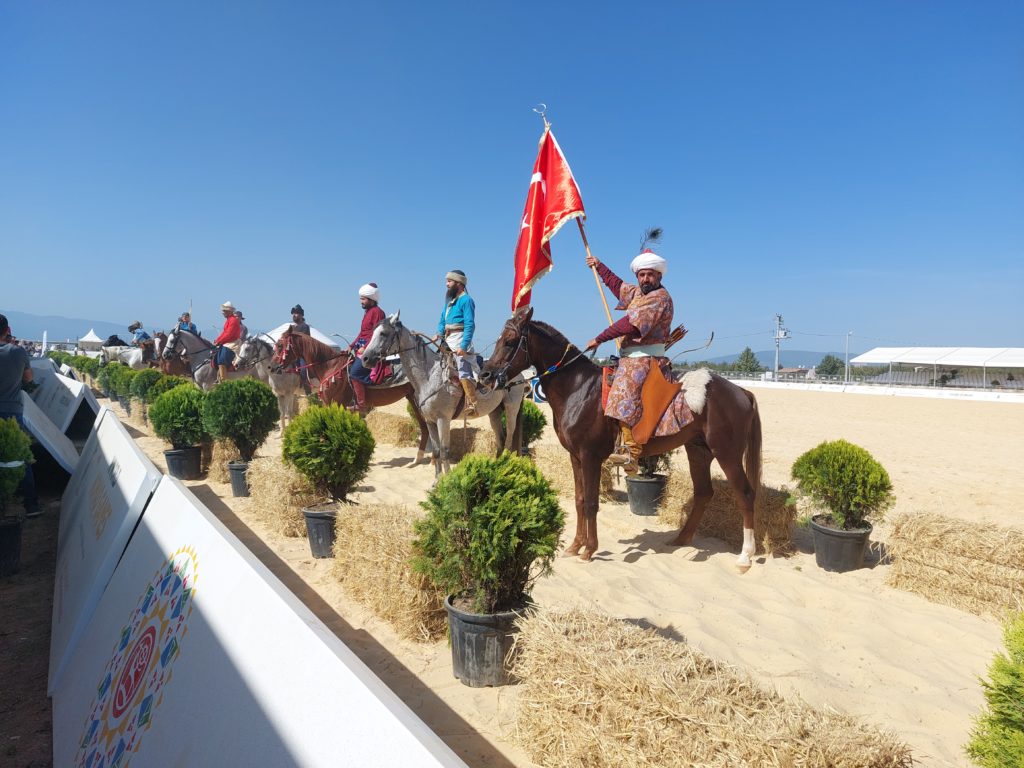
I eventually found my shot process, and that was one goal achieved, and it did not matter that it was a little too late in the game.
If you ever find yourself in a similar situation, I highly recommend being methodical about your steps: implement one change at a time, keep those in order, paying attention to what is happening. Act according to the plan to stay in control. If you don’t know your process, then that should be your priority.
I finished 31st overall in the female traditional target, exceeding my personal goals and expectations, being the only athlete to shoot Korean style.
I know what my goal is for the next Nomad Games in Kazakhstan and I am already making plans for competing in the Conquest Cup. This time I will also make sure I have given myself plenty of time to practice the distance — watch this space.


